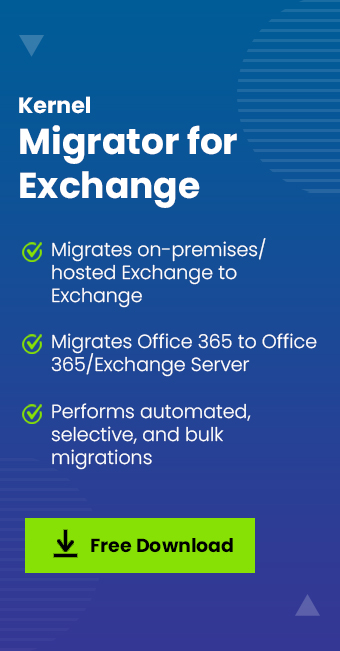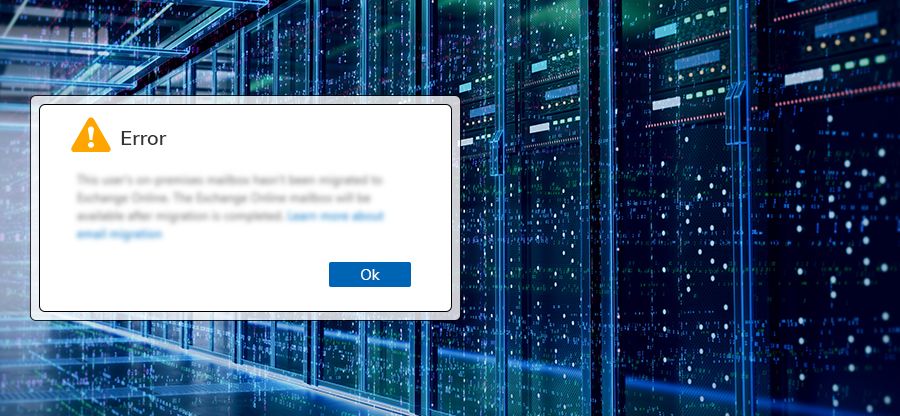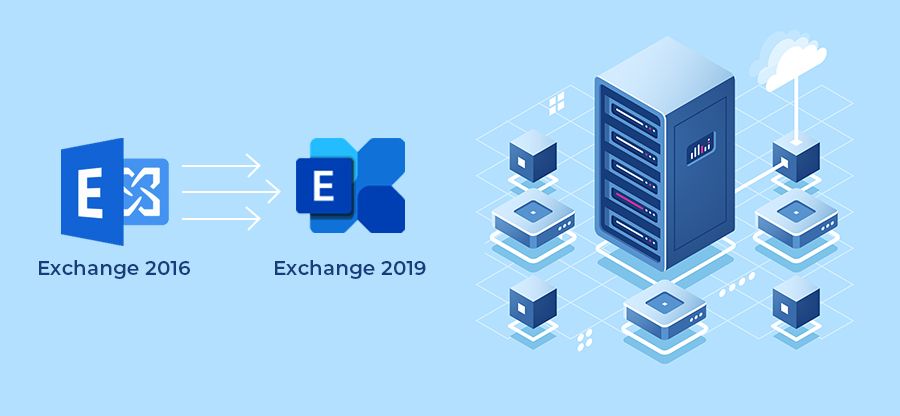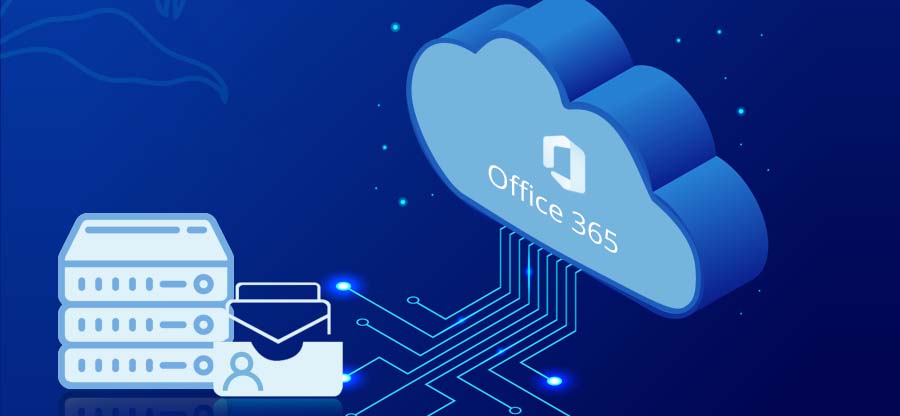Read time: 4 minutes
Exchange Server 2019 is considered an extension of Exchange 2016 as it has not brought any significant changes in the overall setup. Still, it has changed many security, performance, and client-based features, making managing mailboxes more secure and quicker. With each new version of Exchange Server, Microsoft brings some better changes to its central email server. Microsoft also advises users to move their mailboxes to the latest version of Exchange to take the benefits of newer features.
Exchange 2016 to 2019 Migration Guides
- Part 1: Important Points to Consider before Installing Exchange Server 2019
- Part 2: Prepare the Environment for Exchange Server 2019 Installation
- Part 3: Exchange Server 2019 – The Complete Installation Process
- Part 4: Configure Exchange Server 2019 Post the Successful Installation
- Part 5: Exchange 2016 to 2019 Migration Step-by-step Guide
Newer features in Exchange Server 2019
In each aspect of email management, Exchange 2019 has made the following upgrades:
Client Management
- Email address internationalization – Email addresses that use non-English characters can be routed like emails with English characters only.
- Calendar –Can cancel the events of users that have left the organization.
- Calendar – A new option can show you as away or out of the office in calendar events.
- Calendar – The attendees of the invitation cannot forward the meeting invitation.
Security
Security is the focal point of Exchange 2019, and it has several new features for increasing the stability and security of mailbox data.
- Windows Server Core support – it takes lesser storage space in the hard disk to deploy the on-premises Exchange. So, it has minimum storage space as the target of hackers.
- No external access to admin centers – New Client Access Rule restricts external access to Exchange Admin Center and Exchange Management Shell.
- TLS 1.2 – TLS 1.2 is the default encryption method between client and server connections. All the older encryption algorithms like RC2, 3DES, DES, RC4, and MD5 are no longer supported.
Performance
- Better search infrastructure – The deep search facility is available in Exchange 2019. The enhanced search feature will help in deeper searches and bigger indexing of searched items, files, and folders.
- More hardware support – The new Exchange supports 256 GB of storage space and 48 CPU cores.
Key Considerations Before Installing Exchange 2019
So, you have decided to move from older versions of Exchange Server to the latest Exchange Server 2019. You may be contemplating adopting the new version entirely and decommissioning the older one, but before going for full deployment, there are several considerable checkpoints that you should review. Deploying Exchange Server 2019 will change your email management completely.
We are presenting you some of the critical components of Exchange that you should check in your current version of Exchange Server.
Server Roles
Exchange 2019 supports only two kinds of server roles –
- Mailbox Role –It will handle all the server activities under this role.
- Edge Transport Role – it reduces the attack surface of your Exchange environment. It handles the internet-facing mail flow, etc.
Updates in Active Directory Schema
The installation of Exchange Server 2019 will change the Active Directory schema based on its supported attributes and objects. If you have multiple departments and users in your organization, ask the Active Directory management team to update the schema. It may take numerous hours and days to complete.
Microsoft recommends you test the schema update before installation and take the backup of Active Directory.
Certificates
Exchange requires Transport Layer Certificates as they help to protect email communication between clients and servers. Some third-party certificate authorities can provide you with their certificates; they can be private or self-signed certificates.
- Third-party certificates – There are numerous domain controllers that offer their certificates that you can add to your Exchange and protect email communication. Your identity on the Internet will also be protected.
- Private certificates – To secure internal communication between the team members and department members, you can get some private certificates. But then, external clients and networks will not recognize your private certificates.
- Self-signed certificates – The self-signed certificates work on a single computer; other networked computers do not accept them until you manually trust the certificate.
You should check which certificate will be suitable for Exchange Server 2019.
Office Online Server
Office Online Server enables the Exchange accounts connected in Outlook on the Web to view attachments without downloading them. Although Exchange 2019 accounts do not require such a feature, you can enable it manually.
Split DNS
A split Domain Name System is an important feature where you can configure different IP addresses for your organization. They can come from different sources like internal, external, or third-party. Exchange Server 2019 can be deployed in this Split DNS configuration, and it will help the users work smoothly after creating mailboxes.
Supported Clients
Exchange Server 2019 is accessible to various Outlook clients. The following is a list –
- Outlook 2013.
- Outlook 2016.
- Outlook 2019.
- Outlook 2021.
- Outlook for Mac 2016.
- Outlook for Mac for Office 365.
All the applications should be updated with the latest service packs, and it will provide the best user experience for Exchange 2019 mailboxes.
Hybrid deployment with Office 365
When you have installed Exchange Server 2019, you can migrate your mailboxes from on-premises to Office 365 or vice-e-versa. It provides a single environment and look & feel to Exchange users present on both on-premises and Exchange Online.
Conclusion
These parts of the Exchange Server should be checked before Exchange 2019 installation. If you plan all these features, it will be easy to verify hardware and software prerequisites for Exchange. It will also help in assigning required permissions.







